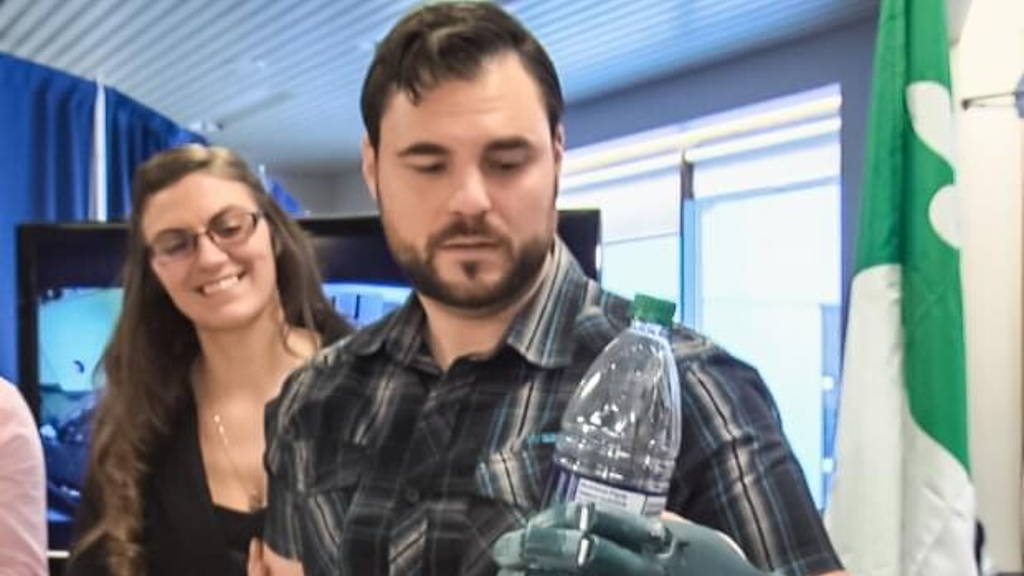Grab a bottle
"I'm able to grab things," said Chasse. "I have everyday trouble grabbing just about anything, even with my other prosthetic." The new prosthetic makes it easier for him to grab a bottle of water, which was particularly difficult with his old. With the one his fingers grip as he twists his wrist. "With this new technology, it's only going to get better and better," Chasse said.Dr. Frank Rybicki, chief of medical imaging at the Ottawa Hospital, explains that the hospital's new program is there to bring the best ideas to help patients. "3D printing has been an emerging technology for some time in other fields, such as aerospace or the automotive field, and now it's coming to medicine," Rybicki said.
This 3D printing program is the First to be based in a Canadian hospital. It’s a partnership with the University of Ottawa. The child Sebastian Chavarria received his first personalized 3D printed prosthetic hand from the university's biomedical engineering program last year. It was made to look like Iron Man's metal gauntlet, but it turned out to be less durable than Iron man’s fist.
Personalized limbs
He now proudly shows his new red-and-blue Spider-Man hand. "It's because the other one was broken, so I got a new one," Chavarria said, after flexing the fingers on his new. The new technology makes it easier to replace the hand as he grows or when it gets damaged by child's play. The 3D modelling program will make it able to personalize the limbs.It will also be much less expensive. Instead of costing thousands of dollars, 3D-printed limbs cost hundreds. Chasse said his old prosthetic hand cost him $3,200, while his new hand cost just $200. He said that would make it possible for people without insurance to afford it.






